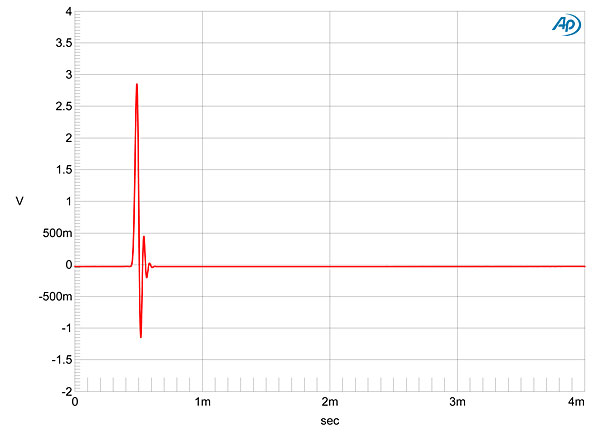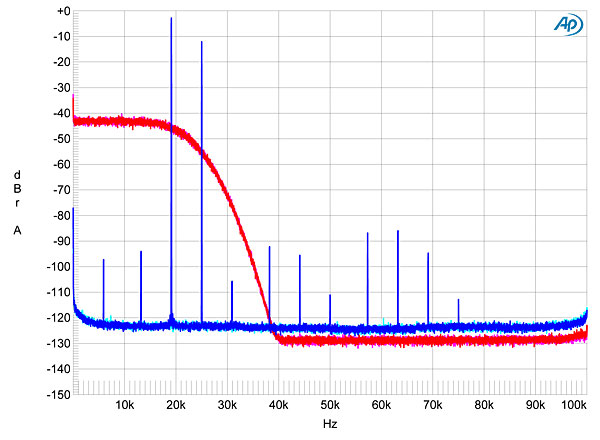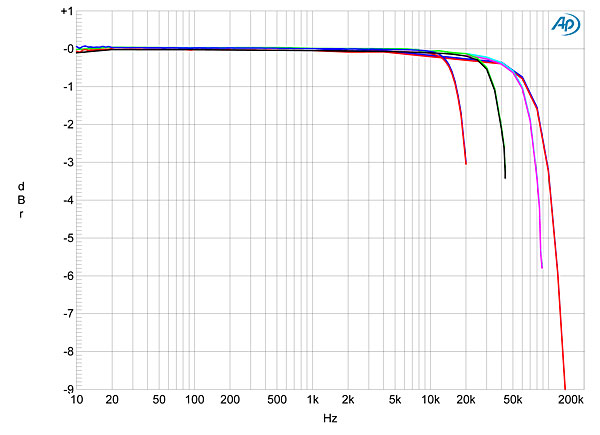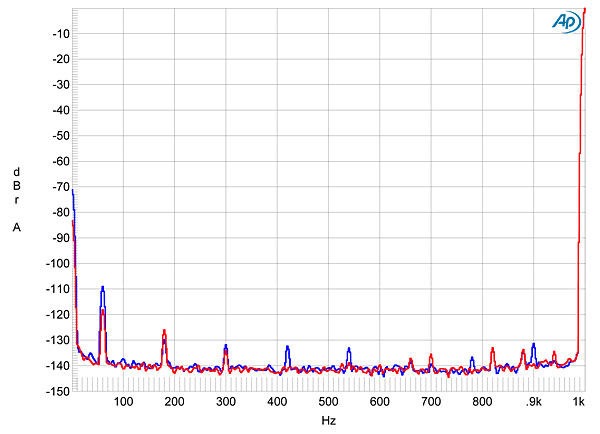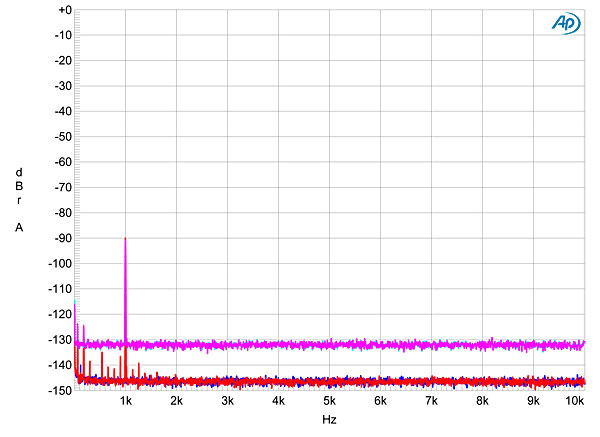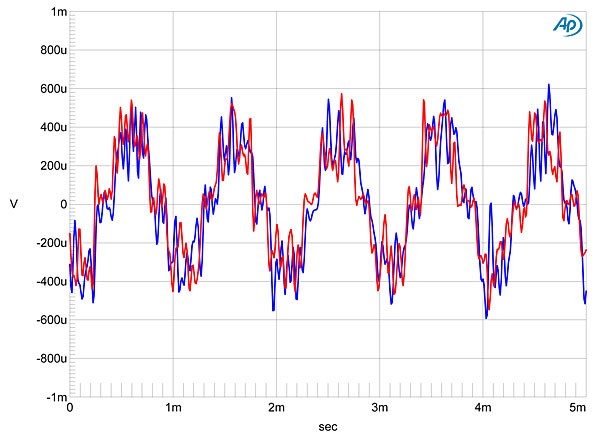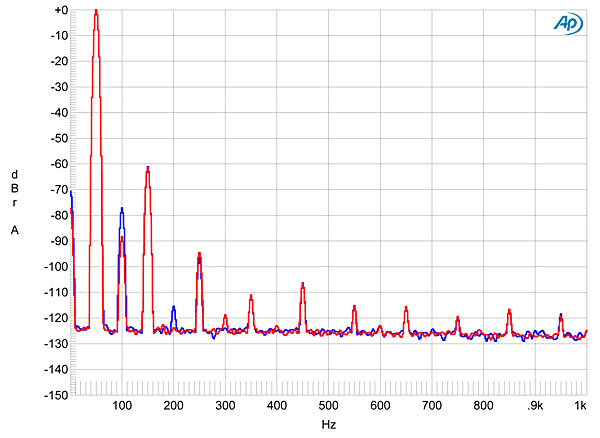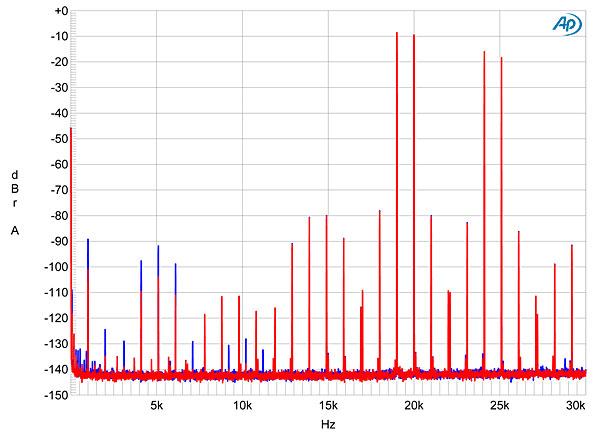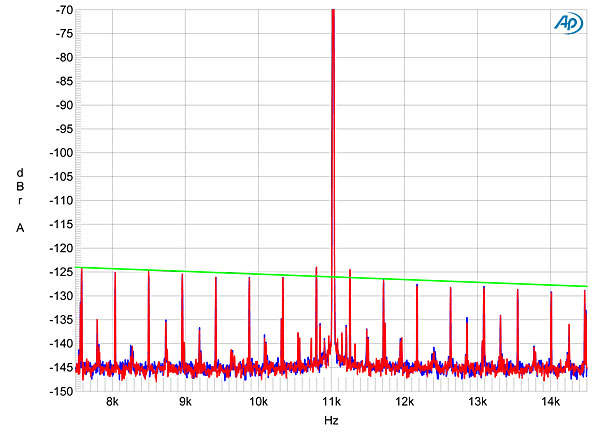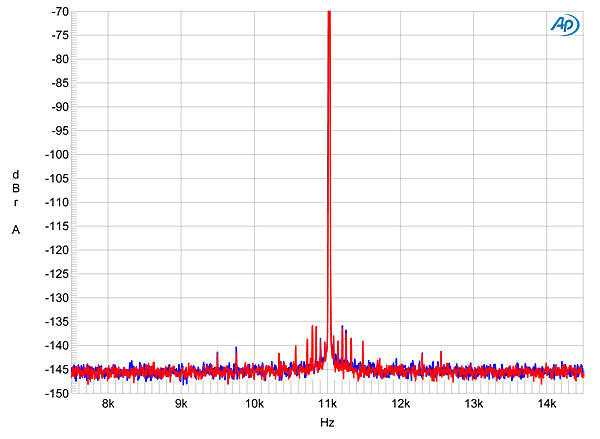| Columns Retired Columns & Blogs |
It seems like a missed opportunity to not have Tyll Hertsens at least co-author headphone reviews when they are posted to Stereophile instead of Innerfidelity (Stereophile's review of the Chord Hugo TT is another example of this). I am an avid reader of The Enthusiast Network's audiophile websites and I have consistently found Tyll to be a trusted reviewer with invaluable headphone experience. His reviews include accurate comparisons and measurements that give useful context that can be used to make informed purchase decisions. I hope in the future more reviews like this will at least be co-authored by Tyll or posted to Innerfidelity.
